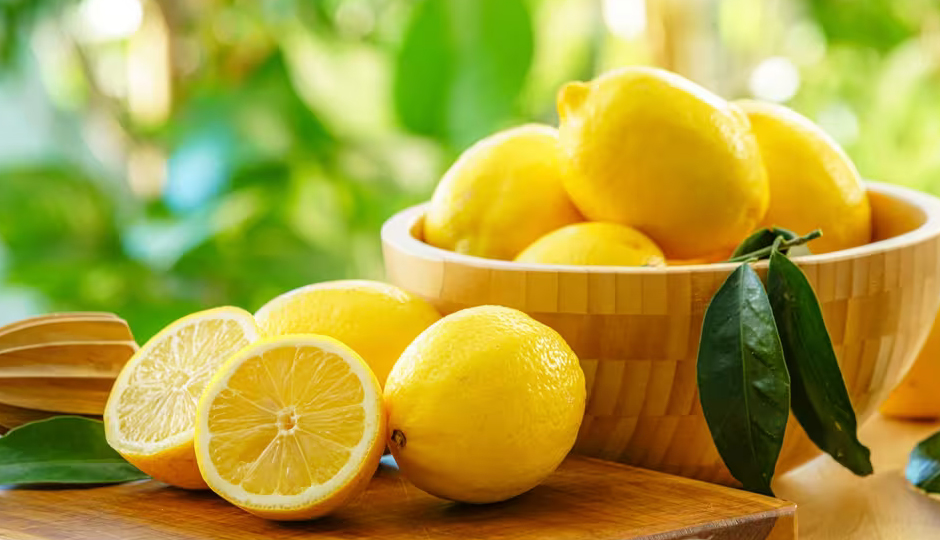6 Flowers That Look Almost Like Roses
By: Priyanka Maheshwari Wed, 27 Sept 2023 4:03:54
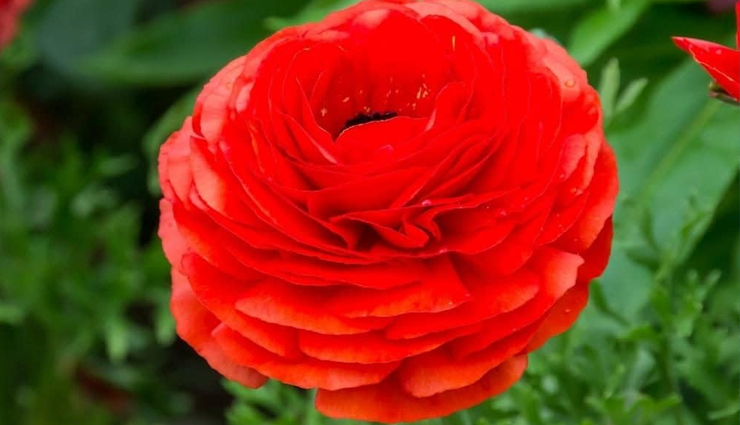
Although identifying flowers can pose a challenge despite their beauty, there are instances where you might mistake a familiar rose for an entirely different flower. In this article, we will explore a fascinating world of flowers that closely resemble roses but belong to diverse botanical families.
One of the world's most renowned flowers is the rose, scientifically known as Rosa. Roses are celebrated for their exceptional beauty and grace, making them a beloved choice for many enthusiasts. With a history spanning thousands of years, roses boast an extensive array of varieties, each displaying a wide spectrum of colors, including red, pink, yellow, orange, purple, white, and even black. The petals of a rose are incredibly soft and possess a velvety texture.
While the petal characteristics may vary among rose varieties, a common trait is their captivating fragrance. The scent of roses is so enchanting that it is frequently used in perfumes.
Now, without further delay, let's introduce you to 6 flowers that bear a striking resemblance to roses and provide guidance on how to distinguish each one!
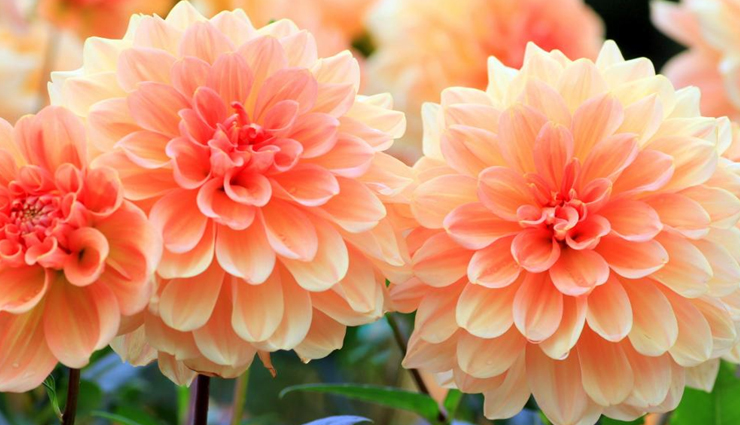
# Dahlia
The dahlia is often reminiscent of the iconic rose, thanks to its intricate petal arrangements and captivating overall appearance. Originating from the highland regions of Mexico and Central America, the dahlia displays a wide array of forms and colors. Its blossoms range from simple, single-flowered varieties to intricate, multi-layered double blooms that bear a striking resemblance to roses. The color spectrum spans from the purest whites and softest yellows to vibrant reds, deep purples, and virtually every imaginable shade.
Dahlia flowers can significantly differ in size, depending on the specific cultivar. While some petite dahlia varieties produce blooms that are barely 2 inches in diameter, the larger "dinner plate" dahlias can boast flowers that measure up to an impressive 12 inches across. Additionally, the height of dahlia plants can vary widely, ranging from as short as a foot to towering heights of over 6 feet. Dahlias thrive in well-drained and moderately fertile soil, thriving best in locations with abundant sunlight. Given their origins in elevated terrains, dahlias prefer cooler nighttime temperatures and are often grown as annuals in regions with colder winters or as perennials in milder climates.
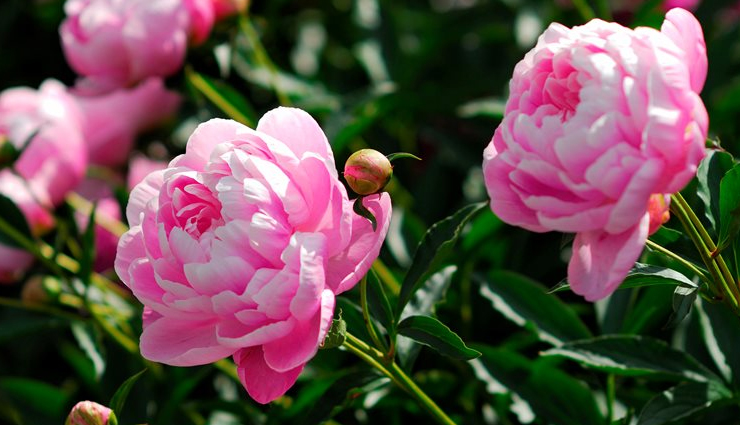
# Peonies
The peony, a perennial plant renowned for its large and often rose-like blooms, hails from Asia, Europe, and Western North America. Peonies have captured the hearts of gardeners and flower enthusiasts for centuries. These blooms come in a wide spectrum, ranging from simple, single flowers to double blossoms that burst with layers of petals, creating a captivating display. The peony's color palette encompasses an array of hues, including white, pink, red, and even yellow, depending on the particular variety.
The stature of the peony plant can also vary, typically reaching heights between 1.5 to 4 feet, although certain tree peonies can grow even taller, up to 5 feet. Generally, peonies thrive in temperate and cooler climates, flourishing in well-draining soil that receives ample sunlight.
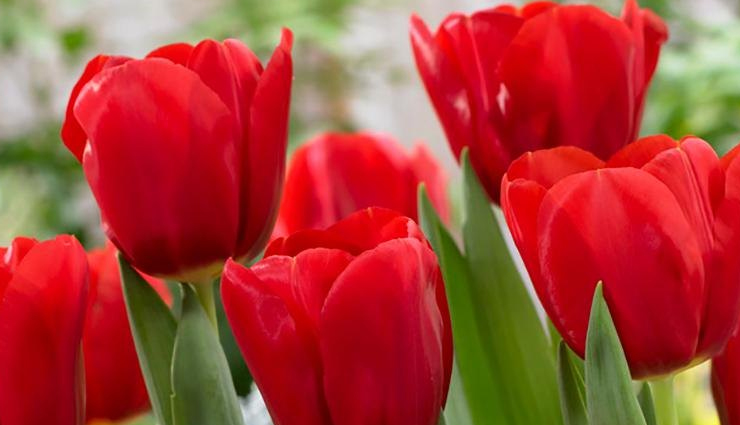
# Tulip
The tulip, a member of the lily family, is one of the world's most universally recognized and cherished flowers. Originating in Central Asia and later gaining popularity in the Ottoman Empire and the Netherlands, tulips boast a storied history. While certain tulip varieties, particularly the double or parrot tulips with their layered petals, may initially appear reminiscent of roses, the standard tulip takes on a more streamlined form, featuring a sleek, bell-shaped structure composed of three petals and three sepals that closely resemble petals, collectively forming a six-"petal" flower. Tulip colors span a wide and diverse spectrum, encompassing nearly every imaginable shade, from pristine white to deep purple.
Typically, a standard tulip bloom measures around 2 to 4 inches in length, emerging atop a slender green stem that can range from 4 inches to 2 feet in height. These flowers necessitate a period of winter chill for successful blooming, making them well-suited to regions with cold winters, where they are often cultivated as spring-blooming perennials.
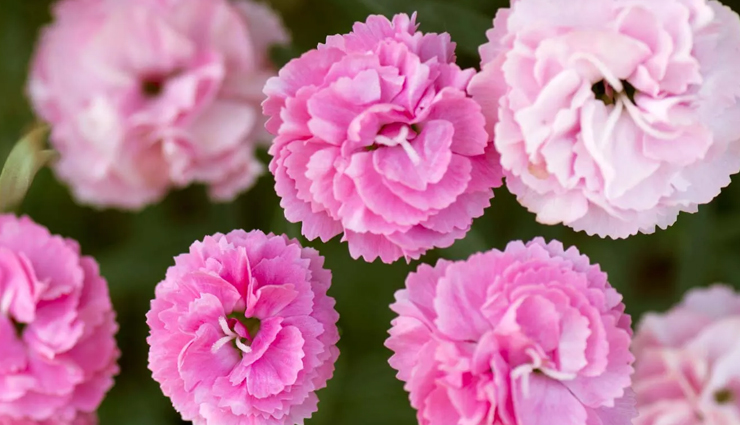
# Carnation (Dianthus caryophyllus)
Carnations hold the distinction of being one of the world's most ancient cultivated flowers, with historical records of their use extending back over 1,000 years. They are beloved for their frilly appearance, delightful clove-like fragrance, and a vivid array of colors. Unlike roses, which are known for their layered petals, carnations sport a distinctively irregular, serrated edge to their petals, granting them a unique texture and fluffiness. In full bloom, certain varieties of carnations boast densely-packed petals that can closely resemble the appearance of a rose. The color spectrum of carnations is extensive, spanning from white and pink to red, with some varieties even displaying captivating two-toned petals.
Carnation blossoms are perched atop long, slender, and straight stems that can grow to heights ranging from 18 to 30 inches. Although native to the Mediterranean region, carnations have been cultivated in various climates worldwide due to their adaptability and popularity. They thrive in full sunlight and well-drained soil, displaying considerable cold hardiness, although they flourish most in milder climates.
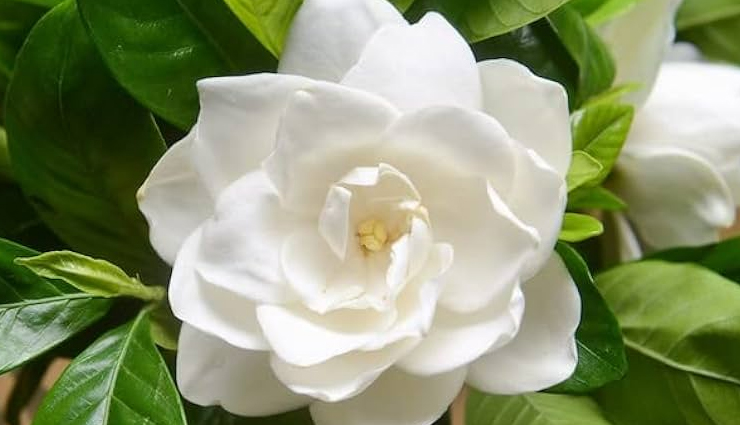
# Gardenia
Hailing from tropical and subtropical regions across Africa, southern Asia, Australasia, and Oceania, gardenias are instantly recognizable due to their glossy, waxy, pure white, or pale-yellow blossoms. Their petals are soft and often arranged in a manner reminiscent of roses, particularly in double-flowered varieties. What truly sets gardenias apart is their distinct, highly fragrant scent, which is intensely sweet and heavy, much like roses, making them a sought-after choice for perfumery.
In terms of size, individual gardenia flowers typically range from 2 to 5 inches in diameter, with variations among specific varieties. The shrubs that bear these flowers can attain heights ranging from 3 to 8 feet, characterized by dark green, shiny leaves that provide a striking contrast to the blooms. As for their preferred habitat, gardenias thrive in warm and humid environments, favoring acidic, well-draining soils and dappled sunlight.
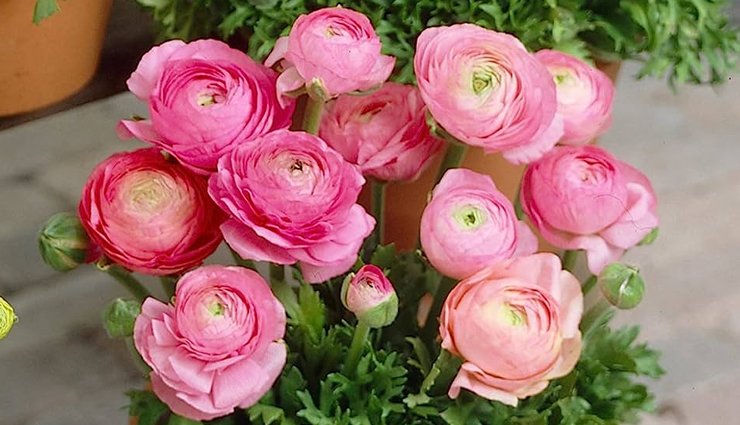
# Ranunculus
Originating in Asia, ranunculus are flowering plants commonly encountered in meadows, woodlands, and wetlands. What distinguishes these flowers is their multi-petaled appearance, which can occasionally lead to confusion with roses, especially in cultivated variations. Ranunculus petals are situated along slender stems and exhibit an array of colors, including yellow, pink, orange, purple, and blue. The size of ranunculus flowers can vary from small to substantial, approaching a diameter akin to that of roses, contingent upon the particular species. When people draw comparisons between ranunculus and roses, they often have a specific variety in mind: the Persian buttercup (Ranunculus asiaticus).
Cultivated forms of ranunculus are the ones most commonly associated with rose-like resemblances, featuring larger sizes, densely packed petals, and a wide range of colors. These flowers primarily flourish in temperate regions and can be spotted in various habitats, spanning from damp meadows to arid grasslands. They generally thrive in full sunlight and well-drained soil.




